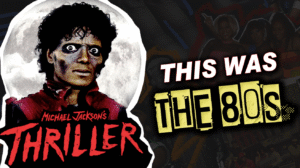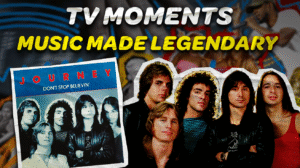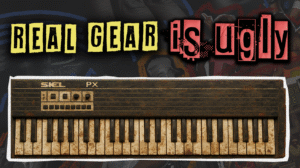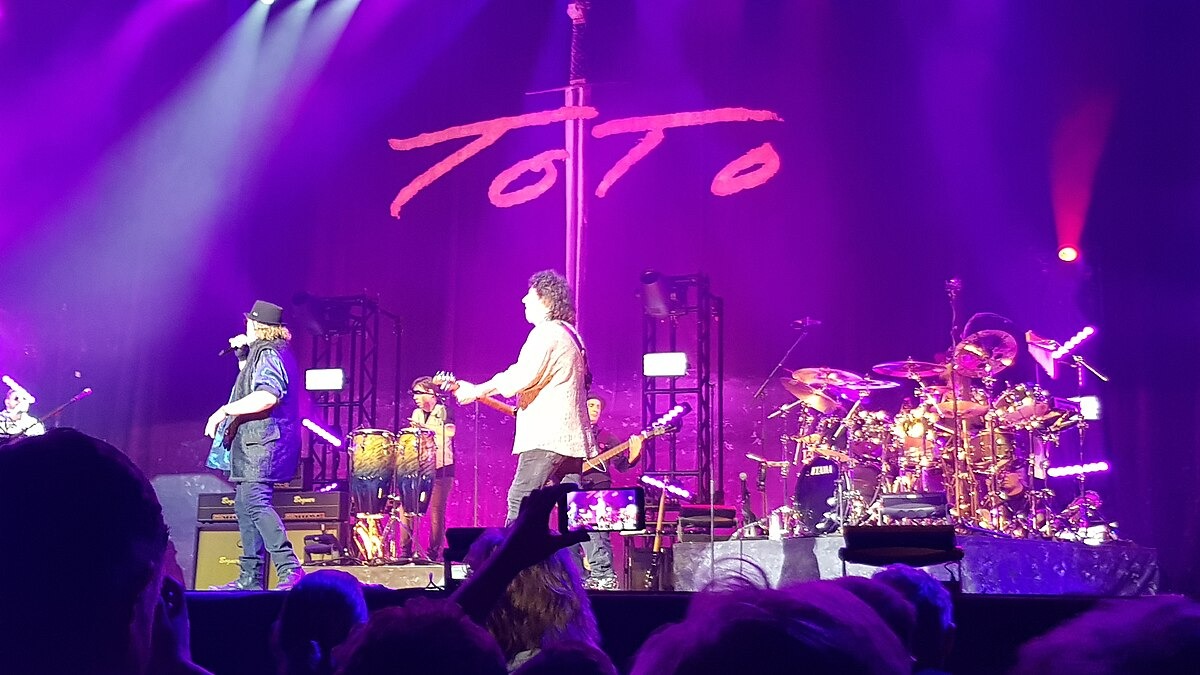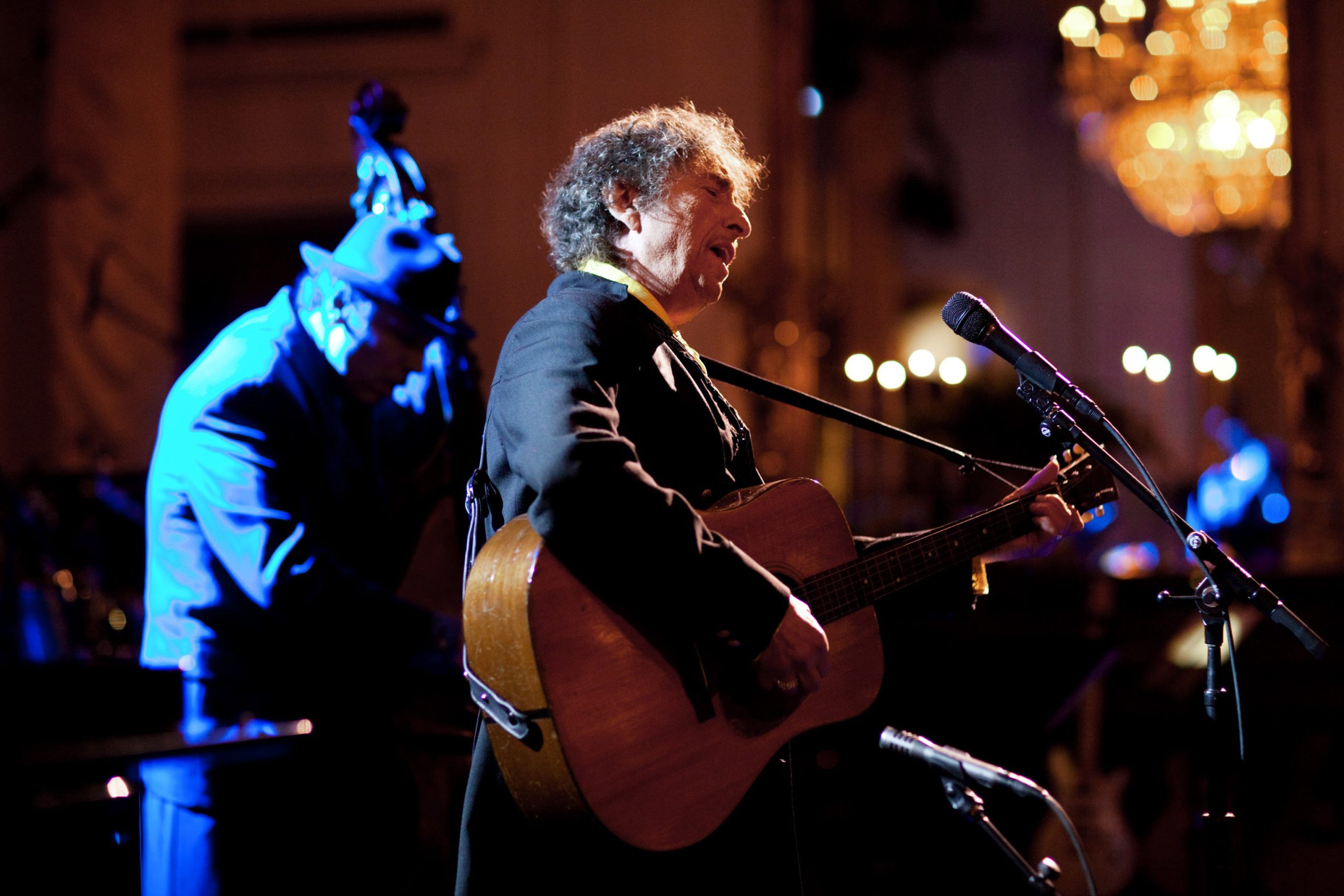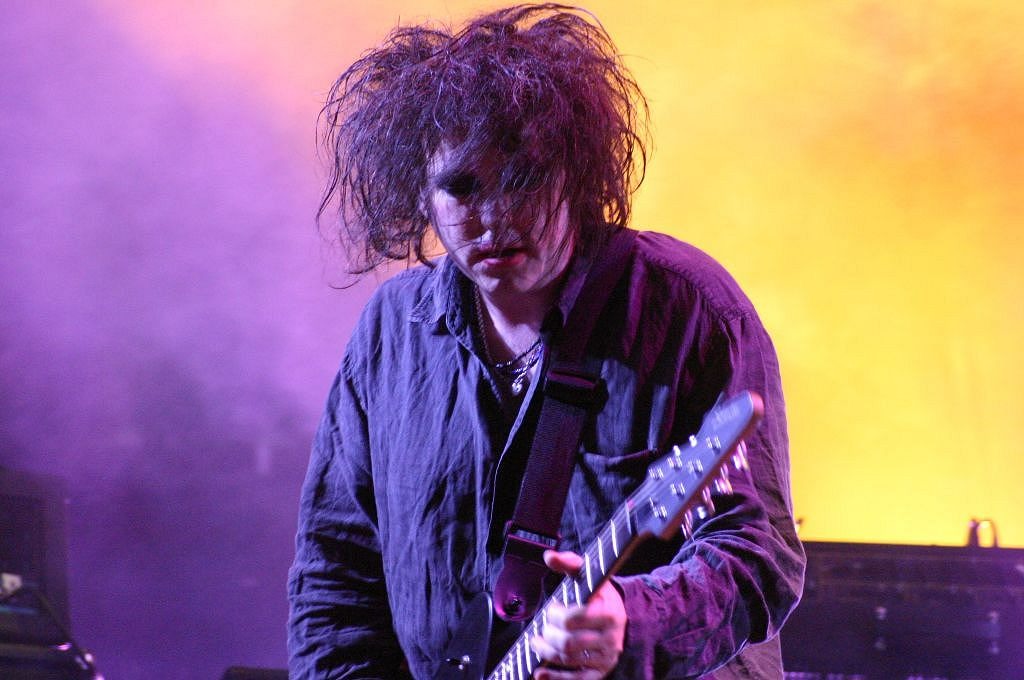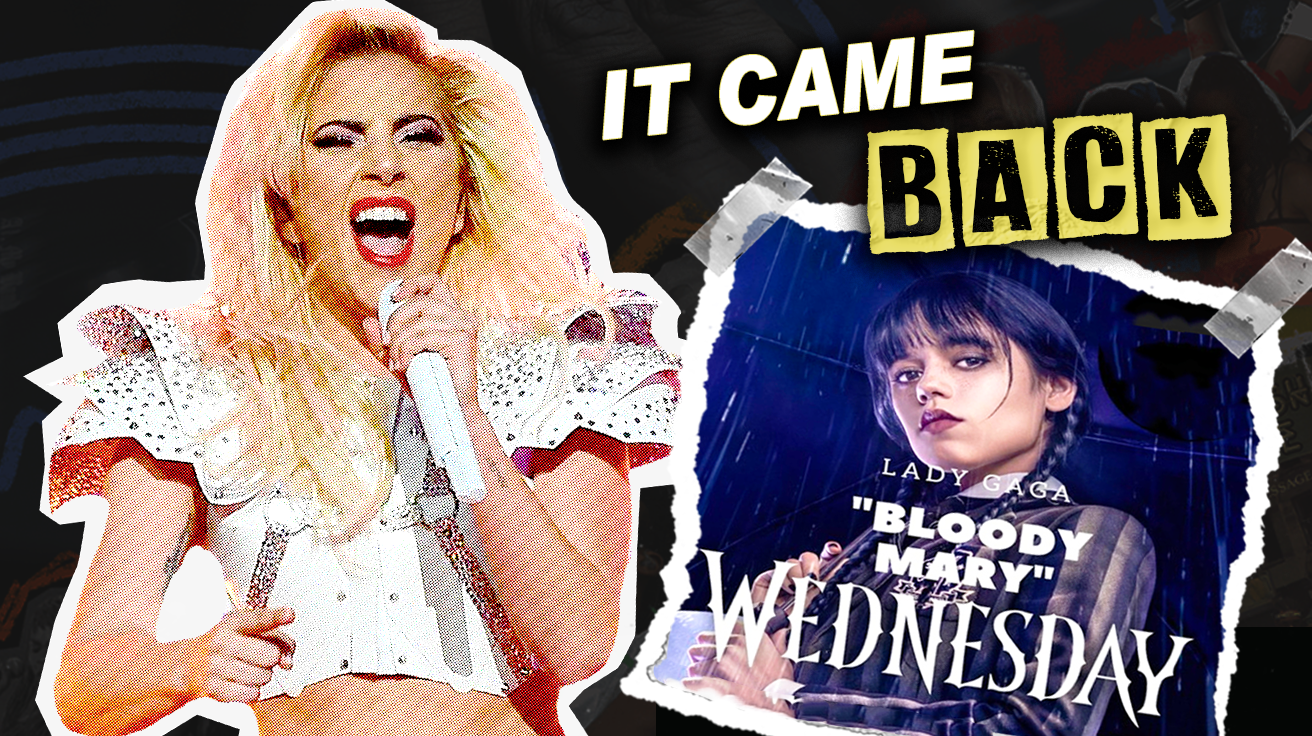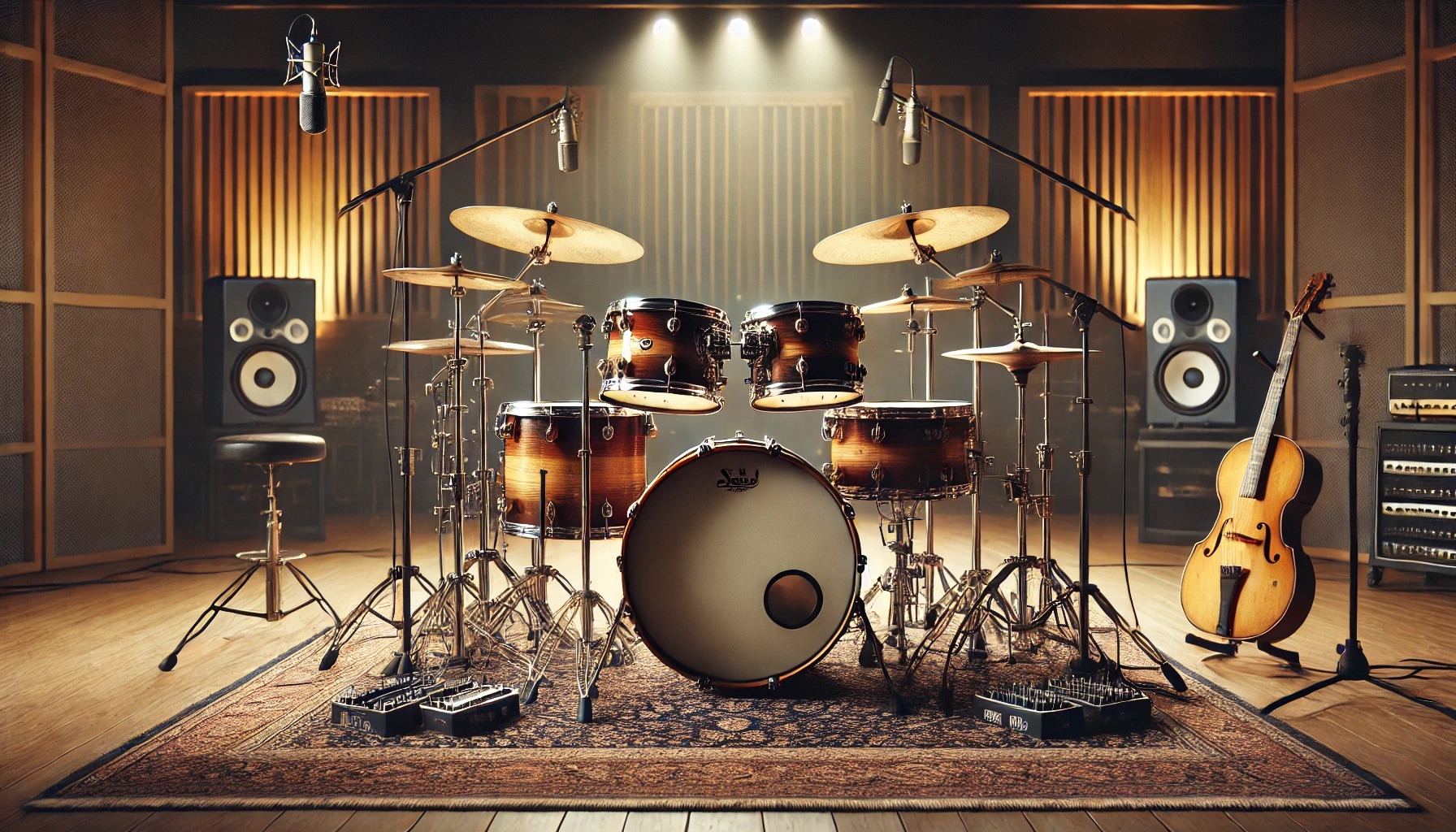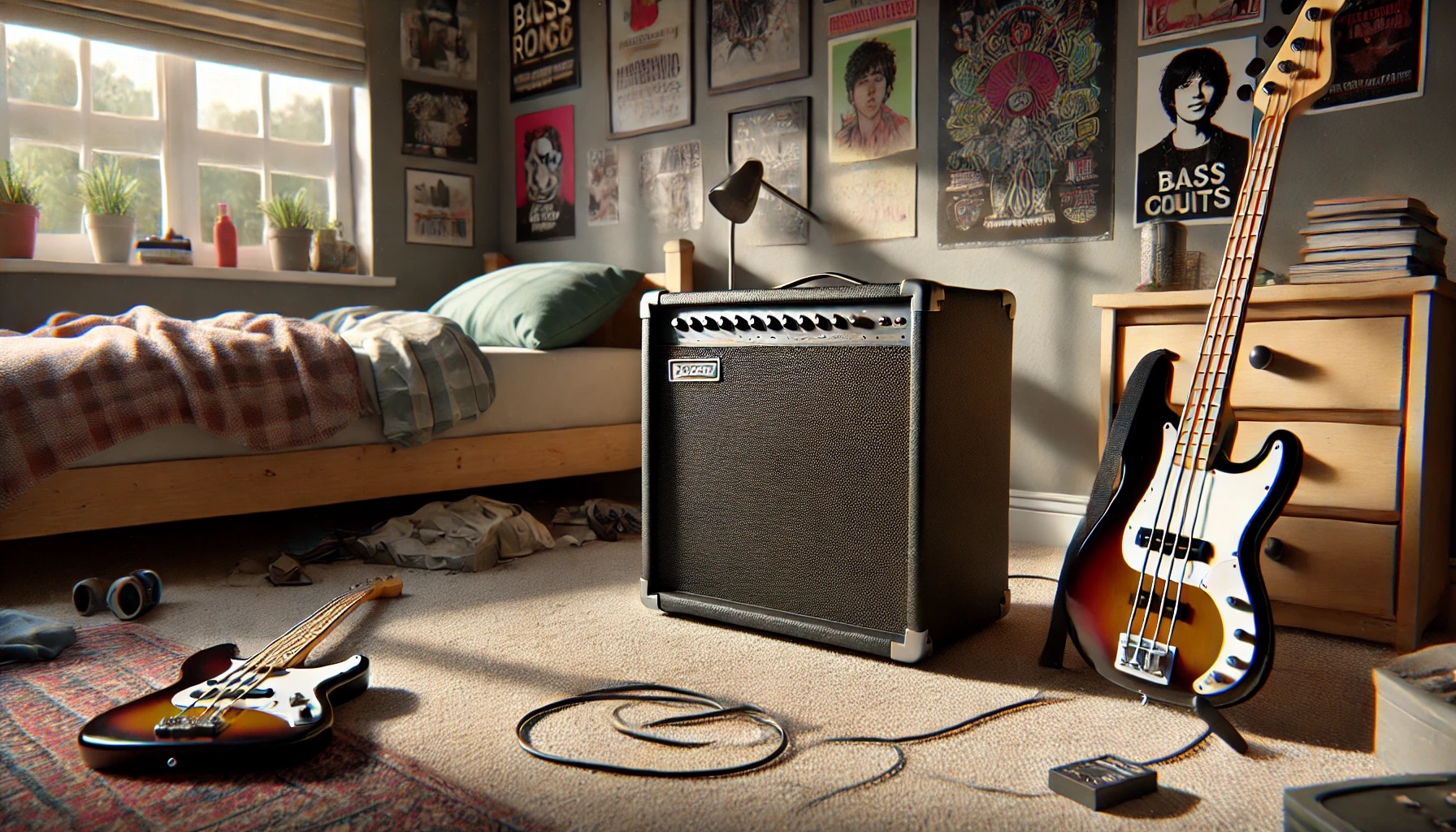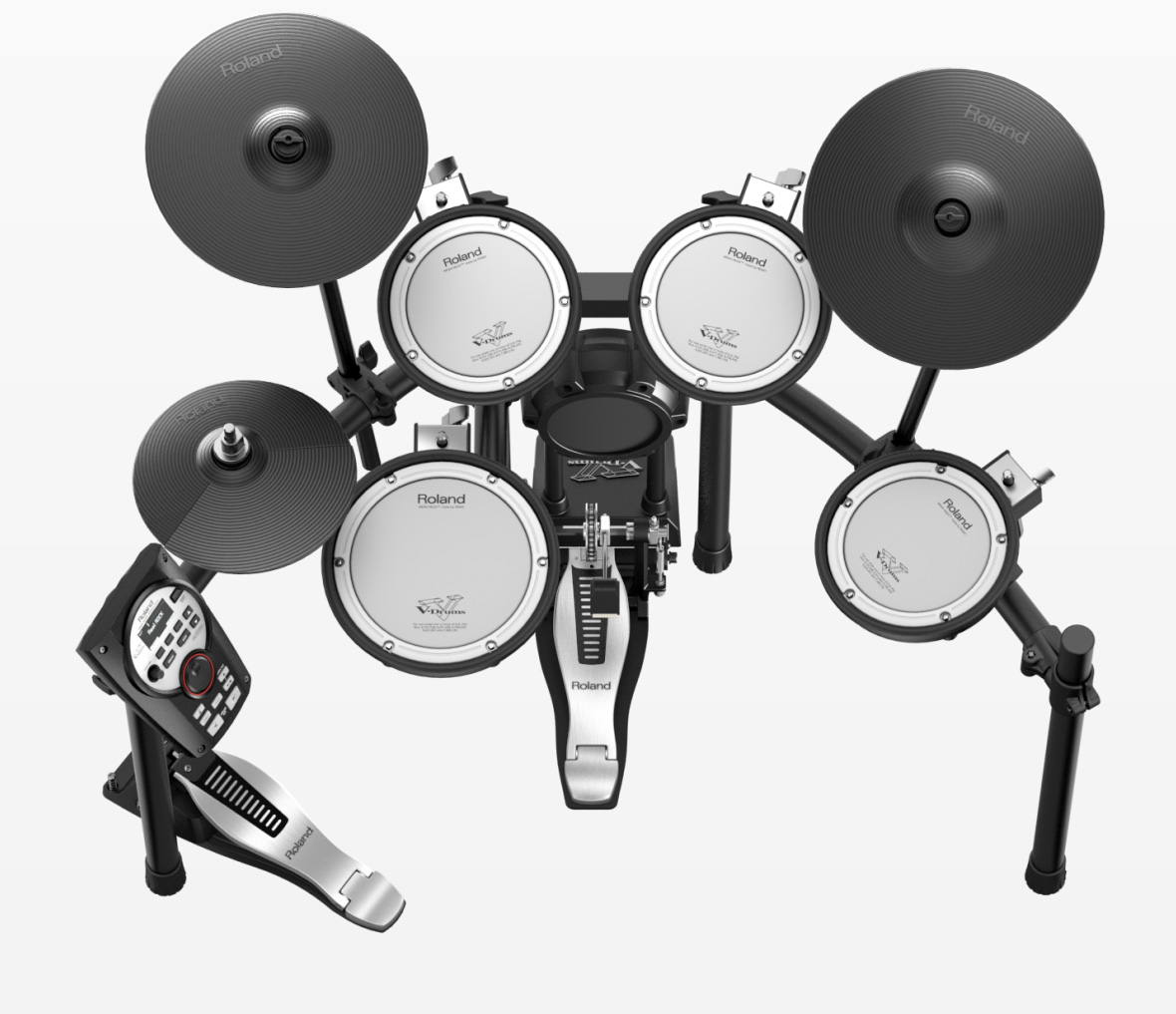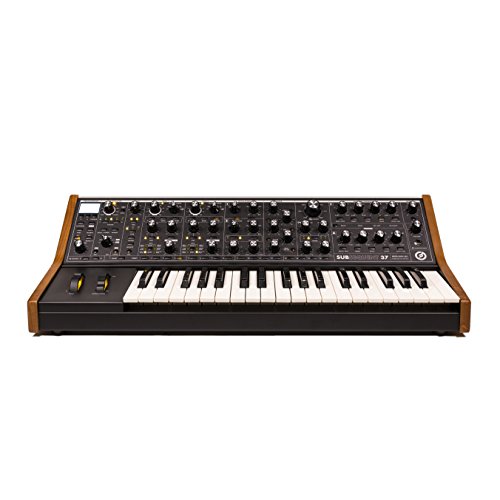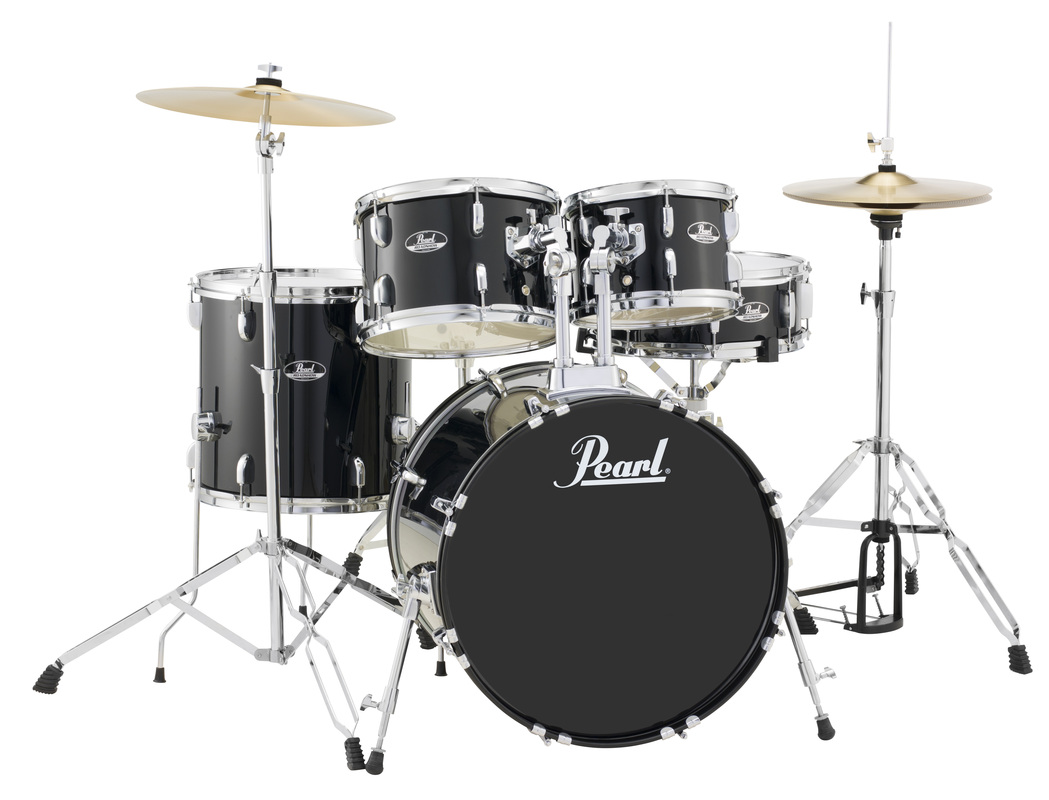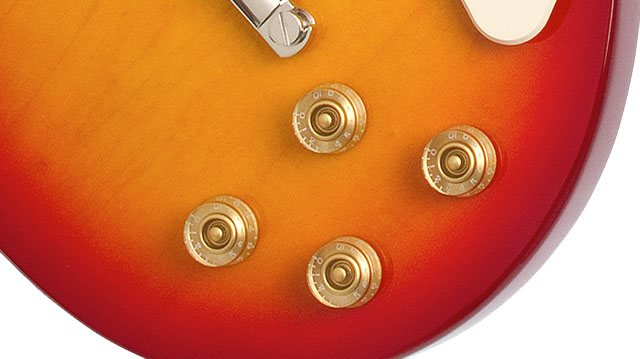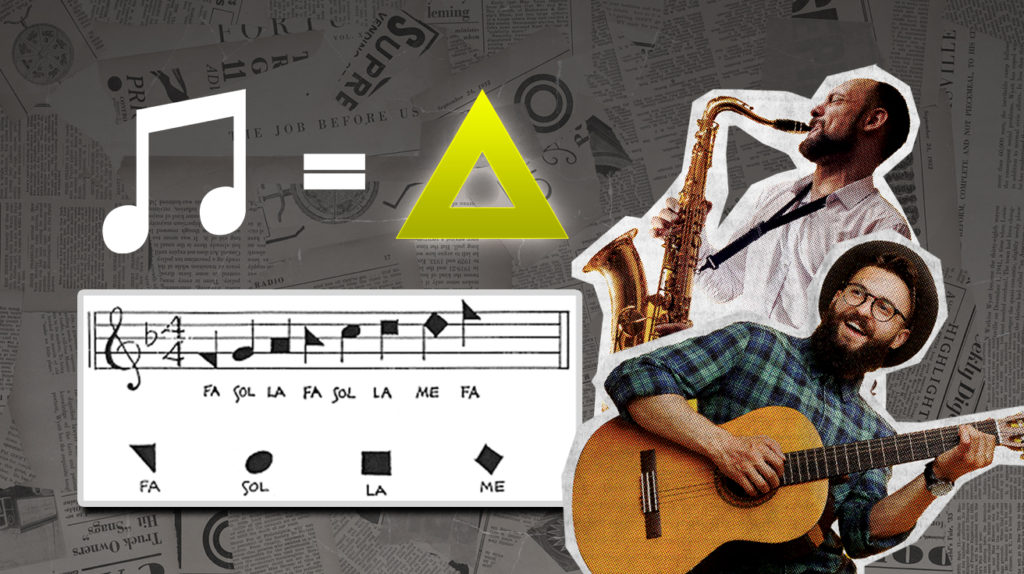
The relationship between what we see and what we hear is more intertwined than we often realize. For musicians, this connection is particularly fascinating as they translate visual cues into auditory expressions. How does a jagged shape influence the sound of a melody? Can a smooth, rounded line inspire a softer, flowing tone? These questions lie at the heart of understanding how shapes can evoke certain sounds and emotions.
Drawing on insights from linguistics, psychology, and music cognition, we explore how musicians interpret shapes through sound. From the subjectivity of describing tones to groundbreaking experiments like the Kiki/Bouba effect, these intersections reveal an intuitive link between visual and auditory experiences. By diving into this interplay, we uncover how something as abstract as a shape can influence the way musicians craft and perceive sound. Let’s take a closer look at how these connections come to life and what they mean for the creative process.
9. The Subjectivity of Sound Descriptions

Musicians often grapple with describing sound using abstract terms like “warm,” “bright,” or “earthy.” While these words might seem vague, they represent a shared vocabulary that musicians intuitively understand through experience. However, the challenge lies in the inherent subjectivity of these terms—what feels “bright” to one person may evoke an entirely different sensation for another.
8. Language Shapes How We Perceive Sound
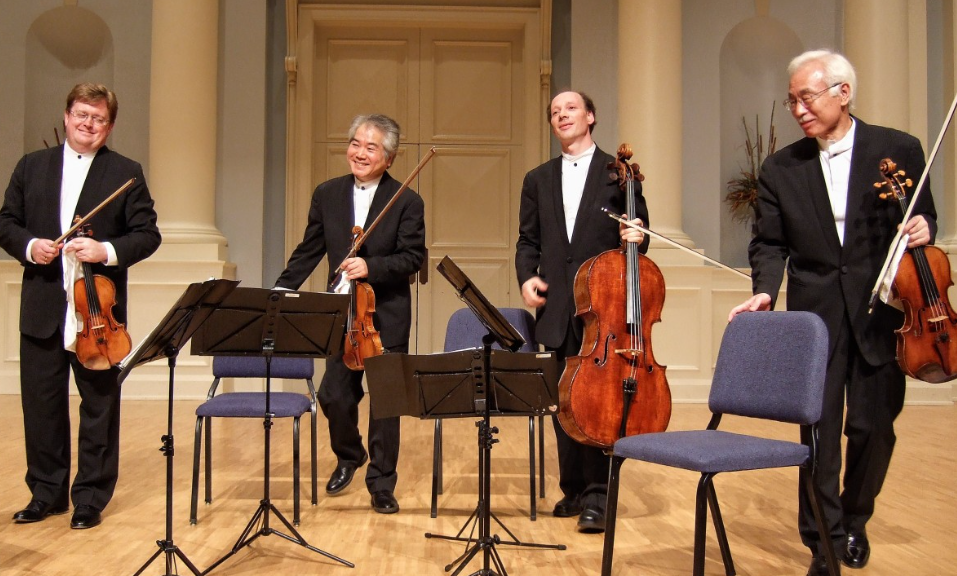
Our linguistic framework profoundly shapes how we talk about pitch. Terms like “high” and “low” create a vertical metaphor for sound, even though instruments like the piano are laid out horizontally. This connection stems from physical experience—when we sing higher notes, our larynx rises, reinforcing the association between verticality and pitch perception.
7. The Kiki/Bouba Effect: Linking Shapes and Sounds
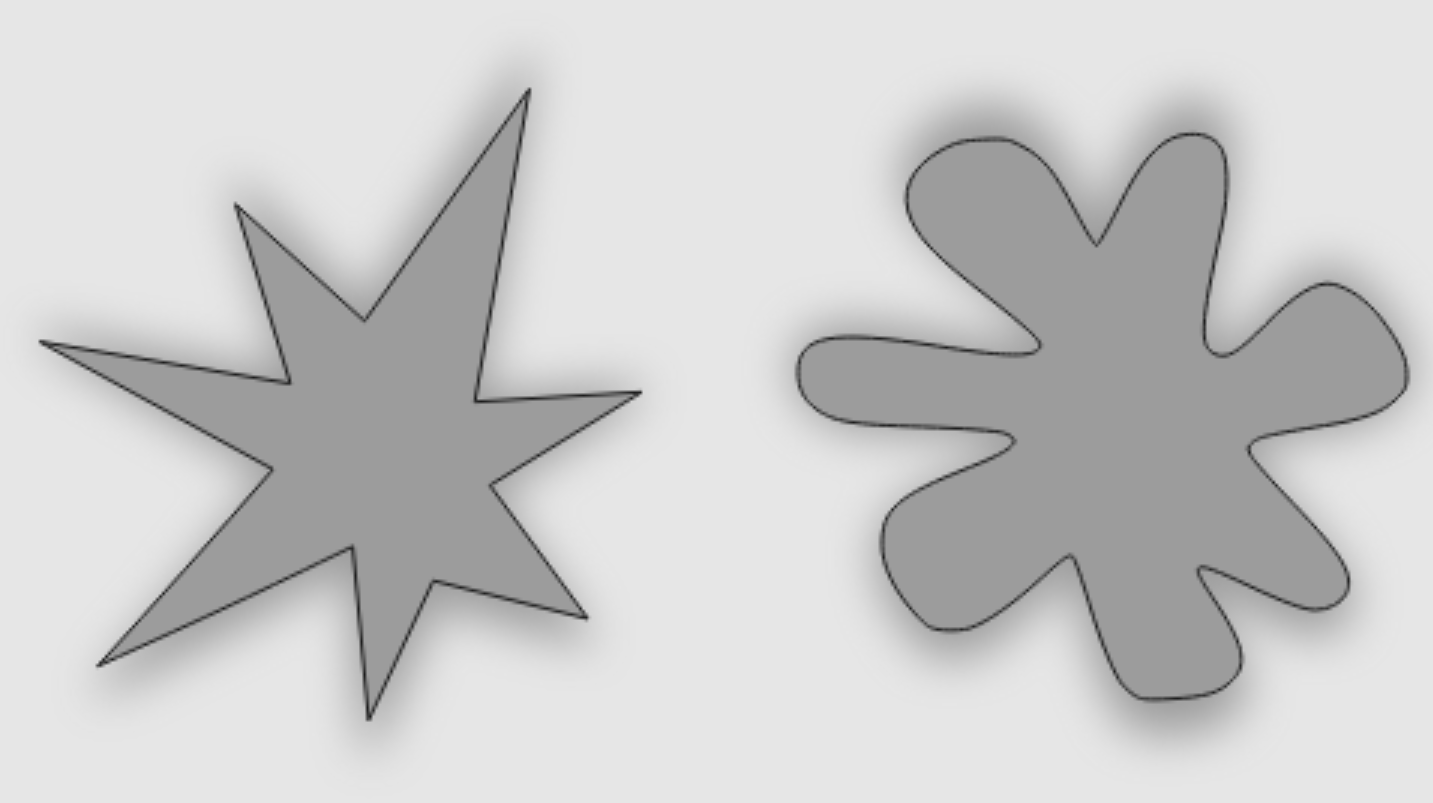
The Kiki/Bouba experiment, pioneered by psychologist Wolfgang Köhler, demonstrates cross-modal correspondence. Participants consistently matched jagged shapes with the sound “Kiki” and rounded shapes with “Bouba.” This phenomenon highlights how our brains naturally link auditory and visual information, suggesting an intrinsic connection between shapes and sounds.
6. Graphic Scores: Where Visual and Musical Worlds Meet
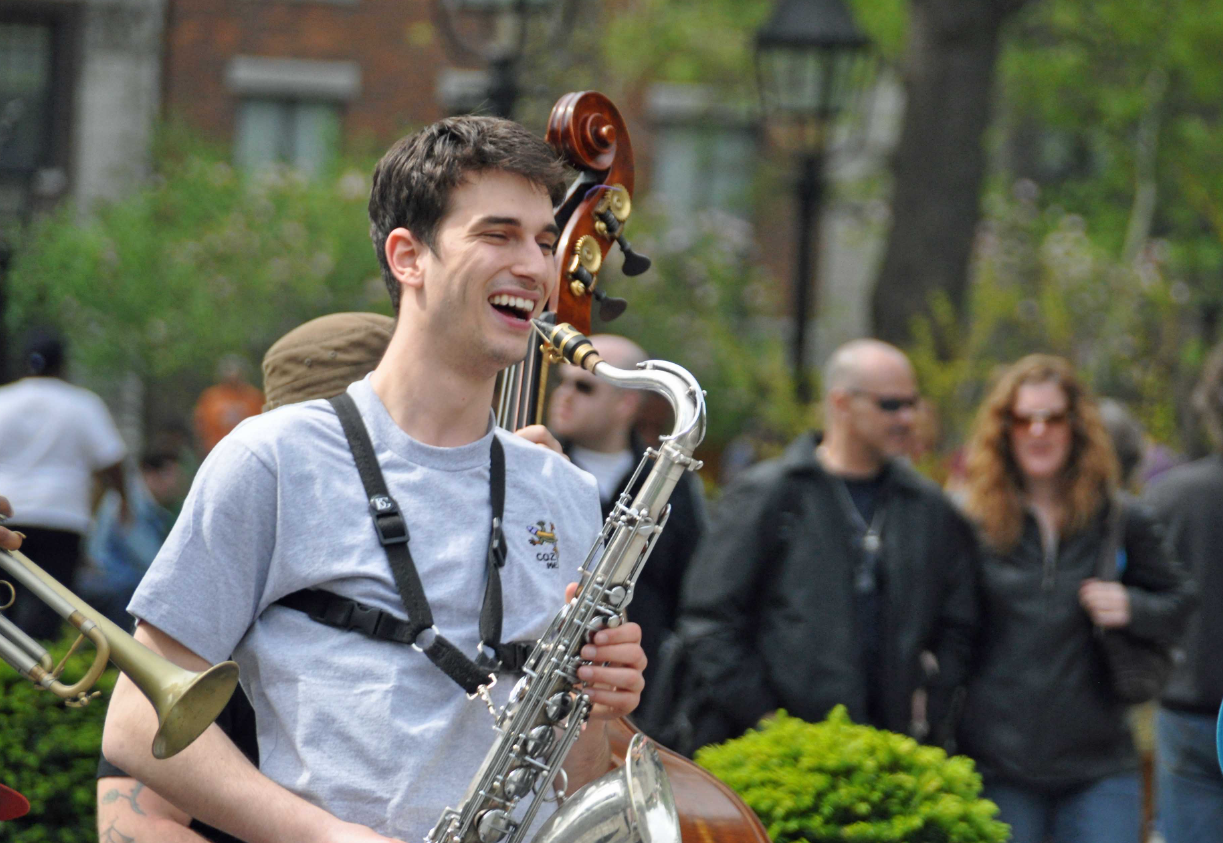
Emerging in the 20th century, graphic scores challenge traditional notation by using visual elements to represent music. These unconventional scores often allow musicians to interpret the visuals subjectively, blending the realms of sight and sound. For some, the ambiguity of graphic scores can be intimidating, but for others, it’s a canvas for creativity and unique expression.
5. The Experiment: Translating Shapes into Sound
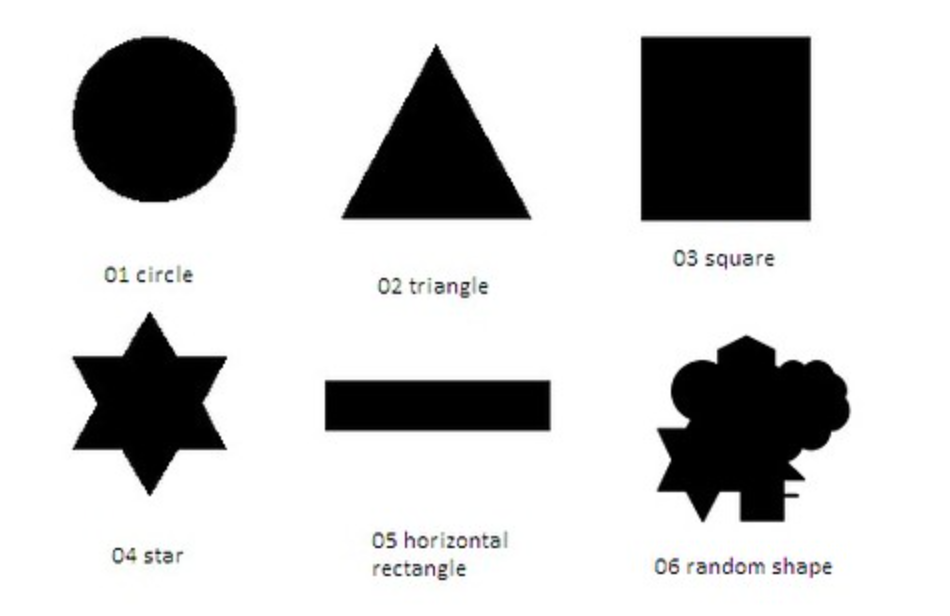
In a recent experiment, three musicians were tasked with interpreting a graphic score featuring two panels: one with rounded shapes (representing Bouba) and another with jagged forms (representing Kiki). Without knowing the experiment’s purpose, each musician brought their own perspective to the task, leading to diverse and intriguing interpretations.
4. Musician A: Focusing on Form
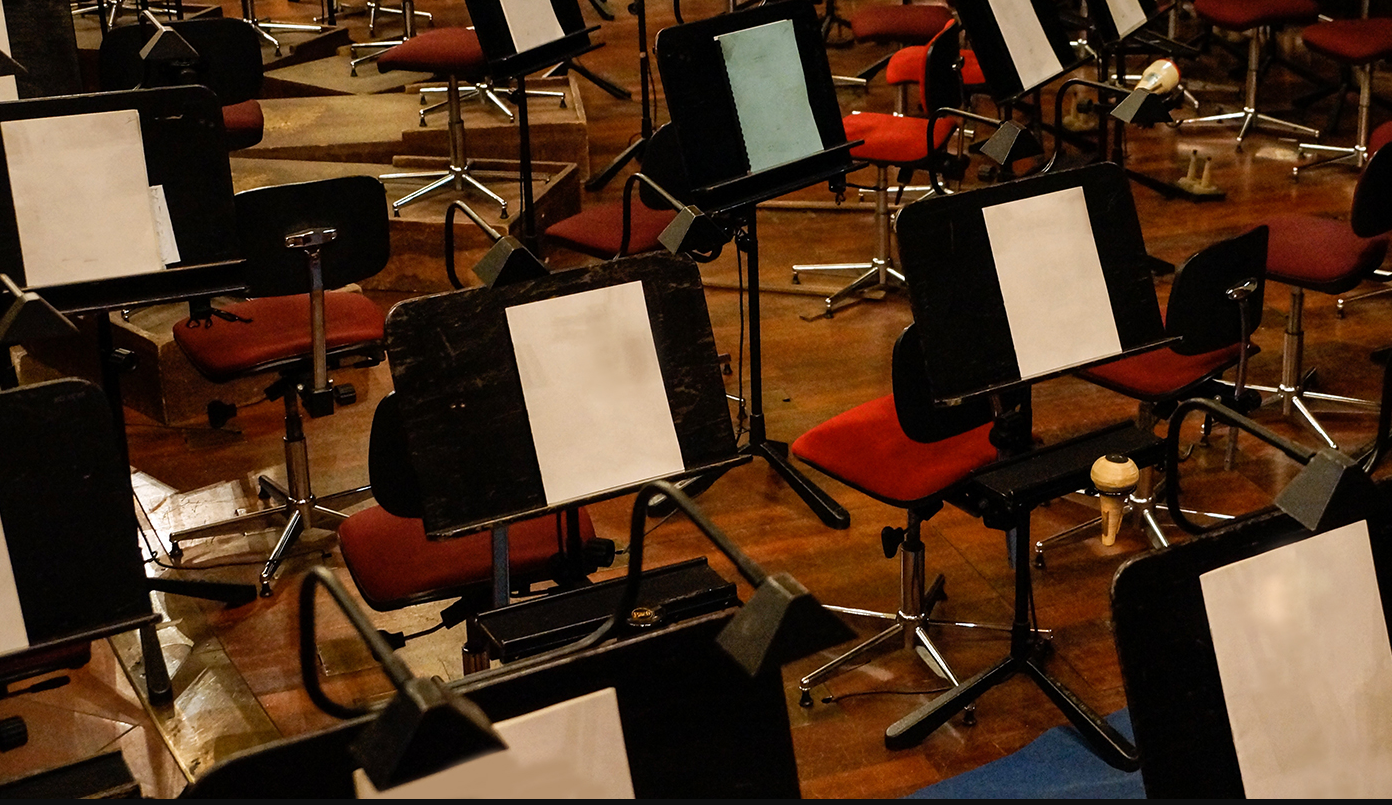
This musician emphasized sustained notes to reflect continuous lines while interpreting circular shapes as points of emphasis. Their approach created a flowing, cohesive soundscape inspired by the visuals.
3. Musician B: Storytelling Through Sound

Musician B approached the score narratively, crafting a story that unfolded through the music. Their interpretation reflected the shapes’ characteristics, bringing the visuals to life through dynamic musical storytelling.
2. Musician C: Contrasting Techniques
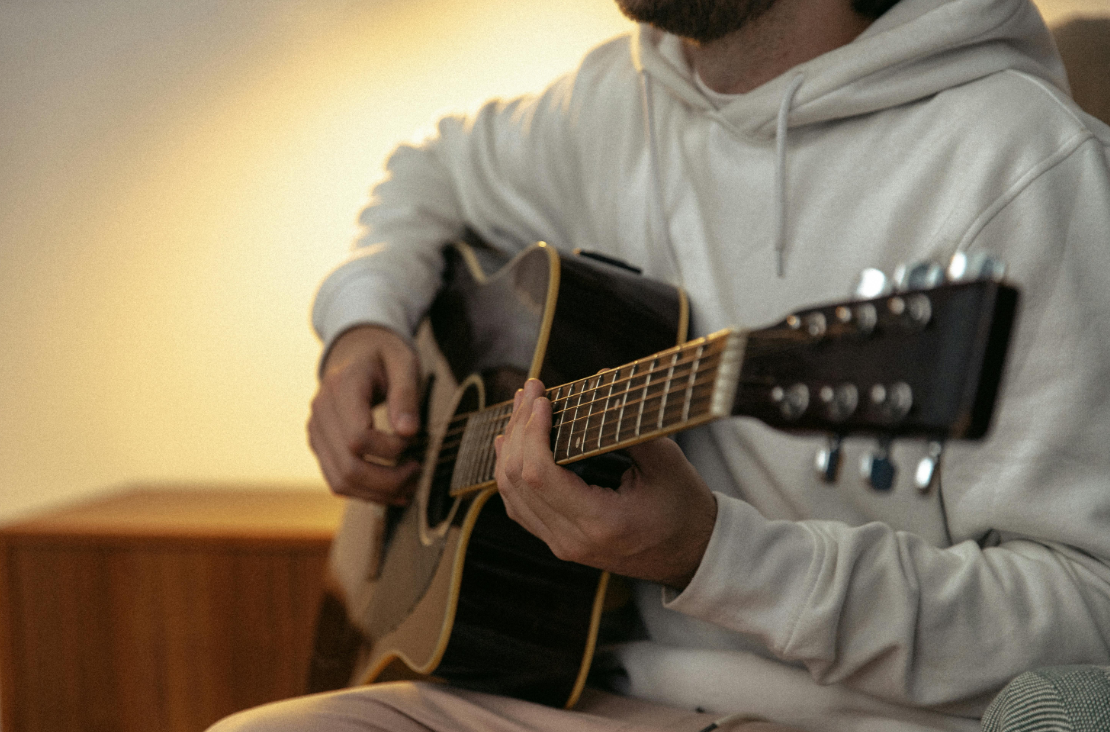
Musician C explored contrasts, using distinct textures and dynamics to differentiate the two panels. Their approach highlighted the sharpness of jagged shapes and the smoothness of rounded forms, creating a clear auditory contrast.
1. Interpreting the Results: Common Threads
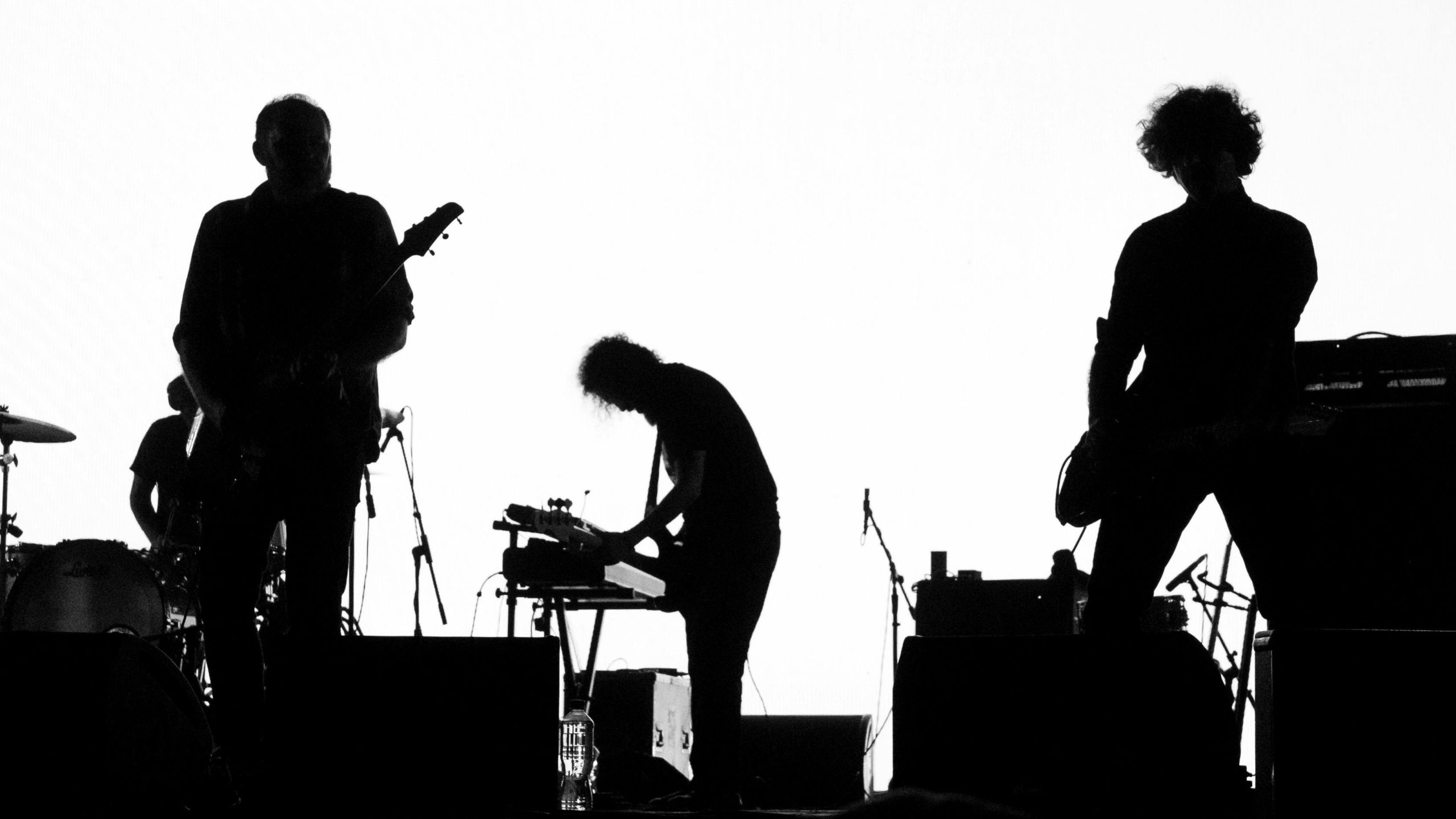
Despite their varied styles, all three musicians found intuitive ways to translate visual shapes into sound. Rounded shapes inspired smoother, flowing tones, while jagged shapes elicited sharper, percussive attacks. The experiment underscores how visual cues can influence auditory interpretation, showcasing the innate connections between what we see and what we hear.




